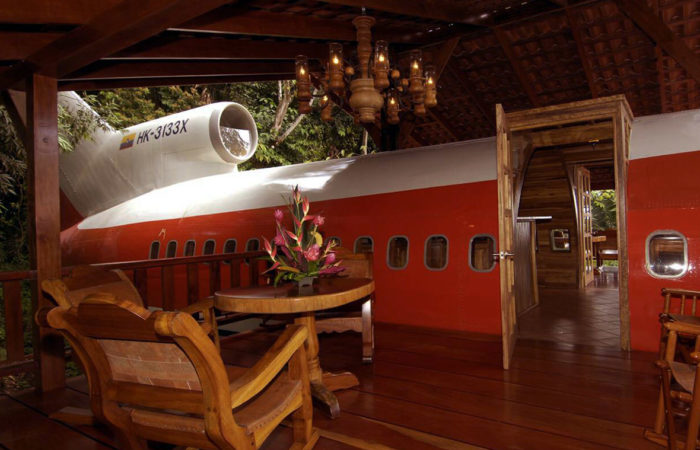- New World Economic Forum report highlights that Southern Africa's vast reserves of critical minerals vital to the energy transition remain overlooked by global investment flows.
- The research breaks down systemic gaps facing the region including policy uncertainty, infrastructure deficits, limited access to reliable energy, and lagging innovation.
- The research breaks down systemic gaps facing the region including policy uncertainty, infrastructure deficits, limited access to reliable energy, and lagging innovation.
- Read the new Securing Minerals for the Energy Transition: Finance for Southern Africa report here . Learn more about the Forum's Securing Minerals for the Energy Transition initiative here .
Johannesburg, South Africa, 29 August 2025 - A new report launched today by the World Economic Forum highlights the urgent need to unlock investment in Southern Africa's critical minerals to meet surging global demand for clean energy and low-carbon technologies. It identifies key financing gaps facing the region and showcases concrete case studies that can inform efforts to accelerate investment, drive inclusive local growth and position Southern Africa as a cornerstone of the global energy transition.
Produced in collaboration with the Development Bank of Southern Africa (DBSA), with McKinsey & Company as knowledge partner, and under the Forum's Securing Minerals for the Energy Transition initiative (SMET), the report , focuses on 10 countries: Angola, Botswana, Democratic Republic of the Congo (DRC), Madagascar, Mozambique, Namibia, South Africa, Tanzania, Zambia and Zimbabwe. Sub-Saharan Africa as a whole holds nearly 30% of known global reserves of critical minerals key to low-carbon technologies - including copper, cobalt, lithium, graphite, manganese, chromium, vanadium and platinum-group metals. Despite this potential, Africa currently attracts less than 10% of global exploration spending , revealing a stark gap between potential and capital flows.
"Southern Africa has the mineral reserves the global energy transition urgently needs, but finance flows are not keeping pace," said Jörgen Sandström, Head, Transforming Industrial Ecosystems, World Economic Forum. "Our new research not only reveals the scale of the gap but also practical, proven ways to close it. Sustainably unlocking this potential will be critical to both regional prosperity and global energy security."
"As we confront the major transitions of our time - from climate change to cyclical economic headwinds - Africa must be an active participant in shaping its own development path," said Boitumelo Mosako, Chief Executive Officer of DBSA. "If extraction continues in the same manner as historical practice the continent will once again miss the opportunity to convert its mineral wealth into structural socio-economic transformation for all."
Drawing on consultations with local and international experts led by SMET, the report identifies eight core financing barriers affecting the region: policy uncertainty, investment risks, energy access, transportation barriers, innovation lag, pace of industrialization, skill gaps and demand volatility.
In response to these barriers, it highlights replicable and scalable solutions, illustrated by case studies from the region. These include:
The Lobito Corridor - A new railway-focused initiative to unlock export access for DRC and Zambia by linking their mineral-rich regions to Angola's Port of Lobito. Backed by the European Union, United States, Angola, DBSA and others, the project includes upgrades to existing rail lines and a planned 800-kilometre extension to ease bottlenecks and foster regional trade and investment.
Namibia's green iron initiative - In April 2025, Namibia launched Africa's first industrial-scale green iron facility, powered entirely by renewables. The new plant uses solar, battery storage and the region's largest electrolyser to produce green hydrogen for zero-emissions iron production. Backed by the EU-Namibia Green Hydrogen Partnership, it plans to scale from 15,000 to 2 million tonnes annually by 2030.
Zambia's mining policy reform - Zambia currently accounts for around 3% of global copper output, producing 700,000 tonnes annually. New national reforms, including new mining legislation, are boosting investor confidence and promoting greater local participation. Copper production is expected to reach 1 million tonnes by 2026, with a national target of 3 million tonnes by 2031.






